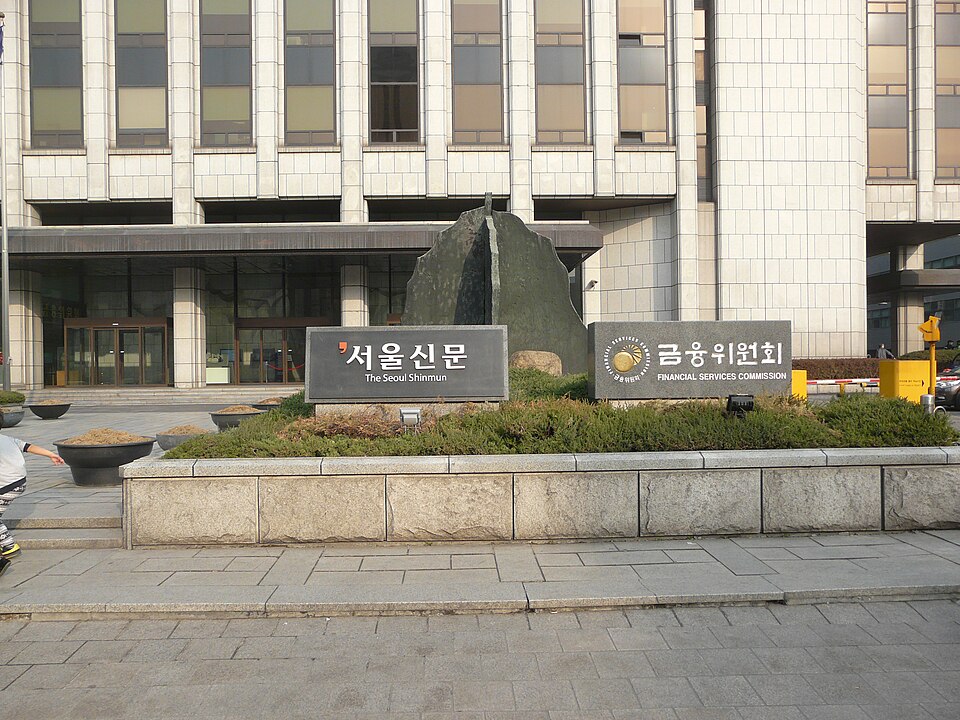South Korea’s new crypto lending rules cap interest at 20%, ban leveraged lending, and limit lending to top tokens by market cap or those listed on three won-based exchanges. Exchanges must use their own capital, verify first-time borrowers with DAXA training and suitability tests, and notify users before forced liquidations.
-
Interest capped at 20% and leveraged lending banned
-
Lending allowed only for top 20 tokens by market cap or coins listed on ≥3 won-based exchanges
-
Exchanges must use own capital, require DAXA training for new borrowers, and provide advance liquidation notices
South Korea crypto lending rules: interest capped at 20%, leveraged loans banned—learn what exchanges and borrowers must do next. Read the compliance steps now.
What are South Korea’s new crypto lending rules?
South Korea crypto lending rules now cap interest at 20%, prohibit leveraged lending, and restrict lending to the top 20 tokens by market cap or coins listed on at least three won-based exchanges. Exchanges must also use their own capital and implement borrower training and suitability tests.
How will the rules affect exchanges and borrowers?
The Financial Services Commission (FSC) requires exchanges to run lending services with their own funds to avoid regulatory evasion through third-party outsourcing. First-time borrowers must complete online training and pass suitability tests set by the Digital Asset eXchange Alliance (DAXA).
In cases of forced liquidation, exchanges must give advance notice and permit additional margin contributions to help users avoid liquidation where feasible. These measures aim to increase transparency and fair practices in the market.

Why did regulators introduce these measures?
Regulators moved after seeing leveraged lending introduced by some local exchanges and sparse oversight of lending services. The FSC said the review was prompted by the absence of specific lending rules and a request from financial services stakeholders to tighten protections for investors.
FSC nominee Lee Eok-won criticized cryptocurrencies for extreme volatility and a lack of intrinsic monetary function, signaling a stricter regulatory stance. South Korea’s central bank is also reported to be increasing oversight through a virtual asset committee.
How are adoption and market context relevant?
Crypto adoption in South Korea is high: exchange user counts exceeded 16 million as of March, representing over 30% of the population. Wealth managers across Asia are increasing allocations to crypto, with some family offices targeting roughly 5% allocations.
Local experts note socio-economic factors, including financial strain among younger Koreans, are driving rapid retail adoption rather than purely technology-driven enthusiasm.
Frequently Asked Questions
What is the maximum interest rate for crypto loans in South Korea?
The maximum interest rate is 20%. This cap applies to all crypto lending products offered by exchanges operating under the FSC’s guidelines.
How will exchanges verify new borrowers?
Exchanges must ensure first-time borrowers complete online training and pass suitability tests established by the Digital Asset eXchange Alliance (DAXA) before accessing lending services.
Key Takeaways
- Regulatory limits: Interest is capped at 20% and leveraged lending is banned to reduce systemic risk.
- Eligibility rules: Lending restricted to top 20 tokens by market cap or coins listed on ≥3 won-based exchanges.
- Operational controls: Exchanges must use own capital, mandate borrower training, and notify users ahead of liquidations.
Conclusion
The FSC’s new crypto lending rules aim to curb risky products and increase consumer protections while keeping lending available for major tokens. Market participants should update compliance, product design and borrower onboarding to meet these standards. For the latest guidance, refer to FSC announcements and Digital Asset eXchange Alliance (DAXA) notices.
